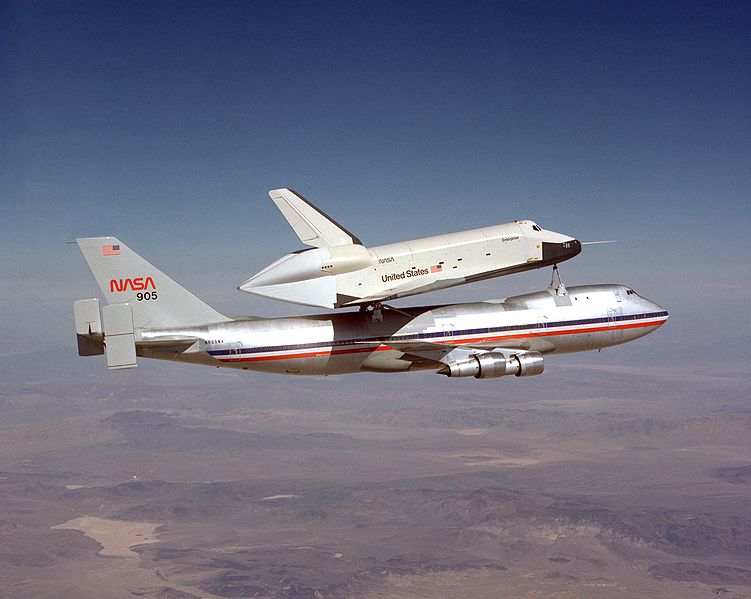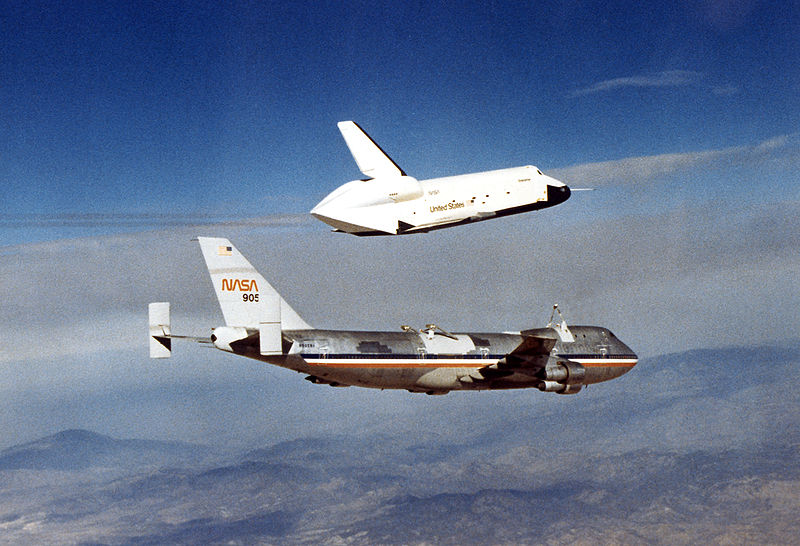Nearly 2 years ago, NASA retired its fleet of space shuttles, which started operating 30 years before. Several companies have thrown their hat in the ring to be its successor in different ways, so let us have a look back at the program that gave us the Magellan spacecraft, the Hubble telescope, and the International Space Station to name a few.
It was in the late sixties that the Space Transportation System program was devised, as a means of reducing the cost of spaceflight by introducing a reusable spacecraft. The final agreed design would feature three main components: the orbiter (the reusable spaceplane most people refer to as the shuttle), a disposable external tank and two reusable solid-fuel rocket boosters. The contract to build this triumph of human engineering would end up going to North American Aviation (later becoming part of Rockwell International, which now is a part of Boeing). When the prototype shuttle Enterprise (named after the Star Trek ship of the same name flown by Captain James T. Kirk) was ready it started a series of tests, the first of which were ground-based and then from 1977 included multiple flights to analyze the behaviour and characteristics of the orbiter.

It was humanity’s first reusable spacecraft, pushing the boundaries of technology while requiring the tremendous effort of a vast workforce that showed an unwavering commitment to mission success. Looking back on it now, the shuttles carried people into orbit repeatedly, launched, recovered and repaired satellites, conducted cutting-edge research and built the largest structure in space, the International Space Station. It would be hard to imagine a NASA history without them.

When the first space shuttle Columbia launched in April of 1981 flown by astronauts John Young and Bob Crippen, these two men truly boldly went where no man had gone before as they took off in a craft that had not first been sent on an unmanned test mission.
When Challenger, the second shuttle became operational in April of 1983, NASA now had a fleet of reusable spaceplanes. They would indeed change the way we humans would live and work in space. Large payloads could now be taken into or retreived from orbit, which opened a world of new possibilities. As the years advanced, three more shuttles joined the program: Discovery, Atlantis and Endeavour but more on that next time, so be sure to check in again soon!

